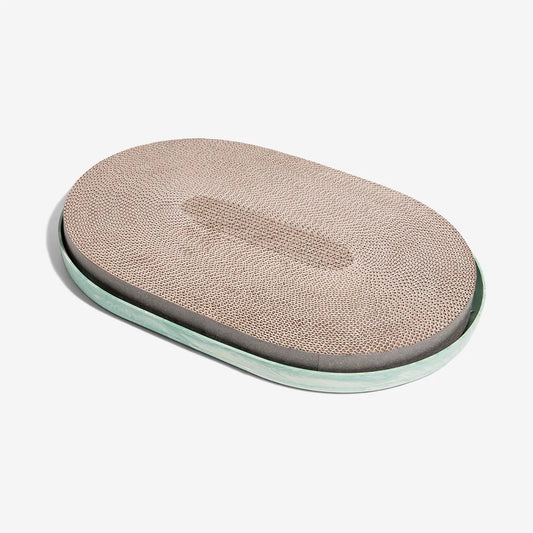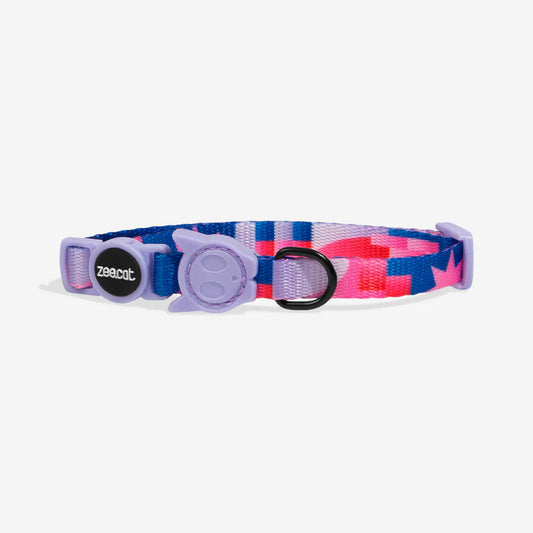Cats are known for their cleanliness, spending a significant portion of their day grooming themselves. However, many cat owners overlook the importance of regularly cleaning their cat's feeding bowls. The question arises, how often should one wash their cat feeder bowls?
It is recommended to wash cat feeder bowls daily. Cats are susceptible to bacterial infections, and their feeding bowls can harbor harmful bacteria if not cleaned regularly. Additionally, leftover food particles can attract insects and pests, which can lead to further health problems for your cat.
If daily cleaning is not feasible, then the bowls should be washed at least every other day. It is important to note that some cats may be more prone to developing bacterial infections, and their feeding bowls may require more frequent cleaning. By maintaining clean feeding bowls, cat owners can ensure the health and well-being of their furry companions.
Understanding Cat Feeder Hygiene
Importance of Cleanliness
Keeping your cat's feeder bowls clean is essential for maintaining their health and wellbeing. Cats are known to be highly susceptible to bacterial infections, and if their feeding bowls are left dirty, it can lead to the growth of harmful bacteria that can cause serious health problems.
Regular cleaning of the feeder bowls removes any leftover food particles, which can attract insects and pests. It also prevents the buildup of bacteria, mold, and other harmful microorganisms that can cause infections.
Cleaning the feeder bowls also ensures that your cat is not exposed to any harmful chemicals or toxins that may have accumulated in the bowl over time. This is particularly important if your cat is prone to allergies or has a sensitive digestive system.
Risks of Infrequent Washing
Infrequent washing of the cat feeder bowls can lead to the growth of harmful bacteria and other microorganisms. This can cause a range of health problems, including bacterial infections, digestive issues, and even food poisoning.
If the feeder bowls are not cleaned regularly, it can also lead to the buildup of mold and other harmful substances that can cause respiratory problems and other health issues.
It is recommended that cat feeder bowls are washed at least once a day, preferably after each meal. This ensures that the bowls are clean and free from any harmful substances that may have accumulated during feeding.
In conclusion, maintaining proper hygiene of the cat feeder bowls is crucial for your cat's health and wellbeing. Regular cleaning and washing of the feeder bowls can prevent the growth of harmful bacteria and other microorganisms, ensuring that your cat stays healthy and happy.
Best Practices for Washing Cat Feeder Bowls
Frequency of Washing
Keeping your cat's feeder bowls clean is essential for their health and well-being. The frequency of washing your cat's feeder bowls depends on how often they are used. Ideally, you should wash your cat's feeder bowls after each use. However, if you are unable to do so, you should wash them at least once a day.
Recommended Cleaning Agents
When washing your cat's feeder bowls, it's essential to use safe and effective cleaning agents. Avoid using harsh chemicals or detergents that may be harmful to your cat's health. Instead, use mild dish soap and warm water to clean the feeder bowls thoroughly. You can also use vinegar or baking soda to remove any stubborn stains or odors.
Proper Washing Techniques
To ensure that your cat's feeder bowls are properly cleaned, follow these steps:
- Disassemble the feeder bowls, removing any removable parts.
- Rinse the feeder bowls with warm water to remove any excess food or debris.
- Add a small amount of dish soap to a bowl of warm water.
- Use a sponge or cloth to scrub the feeder bowls thoroughly.
- Rinse the feeder bowls with clean water to remove any soap residue.
- Dry the feeder bowls with a clean towel or let them air dry.
By following these best practices, you can ensure that your cat's feeder bowls are always clean and safe for them to use.

























